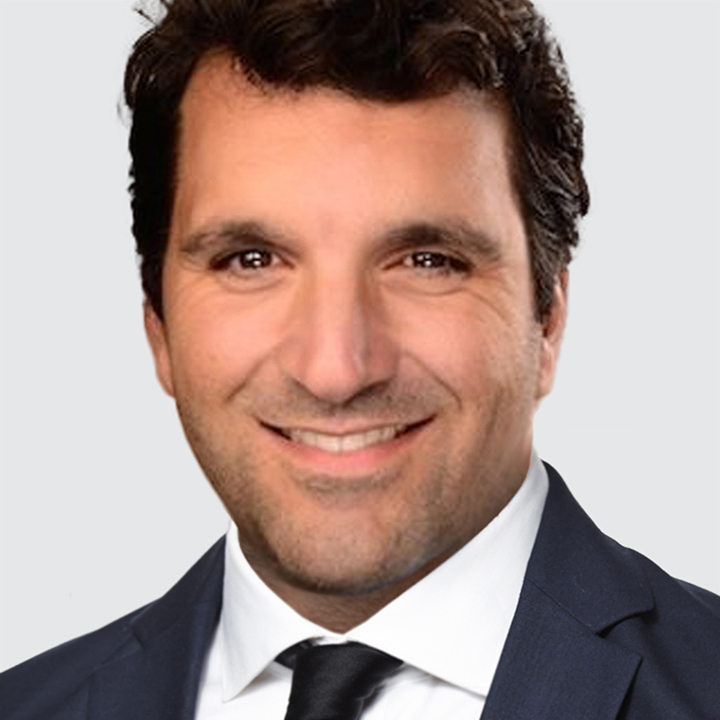- Fading US growth outlook exceptionalism is the dominant financial market theme. Second-tier US economic data due today.
- German lawmakers expected to back the massive fiscal stimulus package. The vote is set to take place around 8:00am New York. The German ZEW expectations index points to a brighter Eurozone growth outlook.
- Canada February CPI should leave the BOC room to ease policy further.
USD dipped to near last week’s cyclical low before bouncing back slightly and US equity futures are down. JPY is underperforming in line with the rally in Asian and European stocks. Fading US growth outlook exceptionalism is a drag on USD and points to further US equity market underperformance.
The Atlanta Fed GDPNow model estimates Q1 growth at -2.1% SAAR vs -1.6% on March 7 and -2.4% on March 6. Notably, the model’s forecast for Q1 real personal consumption expenditures growth declined from 1.1% to 0.4% following the mixed February retail sales report. The next GDPNow update is today while the model adjusted for foreign trade in gold will be updated on March 26.
US retail sales activity in February was mixed. Headline undershot expectation rising just 0.2% m/m (consensus: 0.6%) vs. -1.2% (revised down from -0.9%) in January reflecting a decline in autos and gasoline sales. But the retail sales control group which excludes volatile items surged 1.0% m/m (consensus: 0.4%) vs. -1.0% (revised down from -0.8%) in January, suggesting the consumer is holding up pretty well.
Today, US February housing starts and building permits are unlikely to generate material financial market volatility. The data is expected to remain consistent with a subdued contribution from residential investment to economic activity. Residential investment added just 0.2pts to real GDP growth in Q4 after contracting in Q3 and Q2.
EUROZONE
EUR/USD rallied this morning to a fresh five-month high. Germany's outgoing lower house of parliament will vote today on the debt-funded defense and infrastructure spending package.
As part of the deal reached Friday between conservative leader Friedrich Merz and the Green party, €100 billion of the planned €500 billion earmarked for infrastructure spending will be channeled to the government’s existing climate and transformation fund. It will also be extended to 12 years, instead of the planned 10. The agreement maintains the special measure to amend the constitution to exempt defense spending above 1% of GDP from the constitutional debt brake.
Overall, the German government could potentially unlock as much as €1 trillion is spending over the next decade. To appreciate the magnitude of this proposal, Germany invested €1.5 trillion over two decades following the reunification of East and West Germany. Germany’s big fiscal thrust, reduces the burden on the ECB to drive growth and bodes well for EUR.
The Eurozone’s growth outlook has strengthened. The German ZEW expectations index improved more than expected to a three-year high at 51.6 (consensus: 48.3) vs. 26.0 in February, consistent with a solid recovery in Eurozone economic activity.
CANADA
USD/CAD is holding around the levels before the initial US executive order on February 1 to impose duties on Canada. Canada’s February CPI is the domestic highlight (12:30pm London). Headline inflation is expected at 2.2% y/y vs. 1.9% in January while core inflation (average of trim and median CPI) is anticipated at 2.75% y/y vs. 2.7% in January. The Bank of Canada (BOC) projects headline and core CPI inflation to average 2.1% and 2.5% over Q1, respectively.
Markets imply an additional 50bps of easing over the next 12 months and the policy rate to bottom at 2.25%. With headline inflation close to the 2% target, the BOC has space to bring down the policy rate below neutral settings to offset the drag to growth from the trade conflict with the US. The BOC’s neutral range estimate is between 2.25% to 3.25%. The April Monetary Policy Report will include an update to that estimate.
A recent Augus Reid Institute poll shows the governing Liberal Party – led by newly sworn-in Prime Minister Mark Carney – surging to a five-point vote intention advantage nationally after trailing against the Conservatives by a whopping 29 points in late December. According to the poll, support for the Liberals surged to 42%, the most since 2016 and enough to form a majority government.
Carney can call a snap election any day now or wait until Parliament returns on March 24, where he’s expected to face a vote of no confidence. If a snap election is called, Election Canada states that the campaign period must be at least 37 days and no more than 51 days, and election day must fall on a Monday, with certain limited exception.

